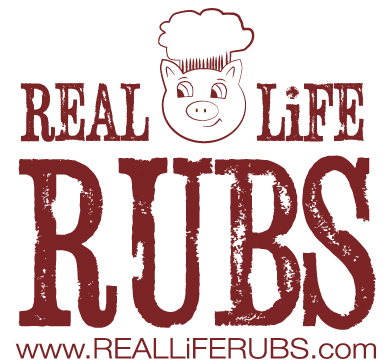Sugars
Coconut Sugar 
Coconut sugar, also known as coconut palm sugar, is sugar that is produced from the sap of the coconut palm. It is very common in areas of South East Asia, where coconut palms are abundant, but is growing in popularity as an alternative to cane sugar and is now becoming much more widely available. It is produced by harvesting the sap from the stems of the blossoms of a coconut tree. The sap is heated and reduced until it is a thick, dark-colored syrup in a process similar to the maple syrup production process. The finished syrup can be further reduced into a granulated form that is similar in appearance to brown sugar.
Coconut sugar has a high mineral content and is classified as a low glycemic index food, and both of these traits are why coconut sugar is appearing on more shelves. It has a toasted smell to it that is reminiscent of molasses, and a flavor that is similar to brown sugar. It can be used for baking, cooking and just for sweetening up tea and coffee. It is just as sweet as sugar, so it can be used in a 1:1 substitution for it in recipes. That said, since it has a distinct flavor, it is a good idea to use it as a substitution for brown sugar if you are looking for a more subtle effect in the finished product.
Crystallized Maple Sugar 
The three major species of maples are the sugar maple, red maple and the silver maple. The sugar maple (Acer saccharum) is the major specie for sugar production. Under the best conditions, sugar maple trees reach a tapping size in about 30 to 40 years. A carefully tapped tree will give from 5.8 pounds to 14.6 pounds on a warm spring day. Maple sap is clear, slightly sweet and has the consistency of spring water. The distinctive maple taste develops through careful boiling.
The sugar in the sap results from the production of starch during the months of May through August, which is stored in the tree roots. With the melting of the snow, starch turns into sugar (sucrose), which is then circulated through the tree in preparation for the growing season. As a result, the sap runs intermittently from early March to mid-April, during the thawing of the ground in spring, but before the buds open on the maple trees. Good maple sap production requires warm days and cool nights below the freezing point.
Demerara Sugar 
Demerara sugar is a type of unrefined sugar with a large grain and a pale to golden yellow color. It is suitable for a number of cooking and baking projects, and tends to be very popular as a sweetener for tea and coffee.
The sugar is named after a once-colonized area in the now-independent country of Guyana, which first began producing and selling the sugar in large volume. The bulk of demerara production now takes place on the island of Mauritius, but the name appears to have endured. It is extracted primarily from sugar cane, rather than sugar beets, and tends to be more expensive than refined sugars as a result. The minimal processing gives demerara sugar a unique flavor and texture.
To make demerara sugar, sugar producers press sugar cane and steam the juice of the first pressing to form thick cane syrup. The cane syrup is allowed to dehydrate, leaving behind large golden brown crystals of sugar. Demerara sugar is not refined, so it has a rich, creamy, molasses-like flavor which enhances baked goods. The large grains also remain crunchy through cooking, which makes demerara sugar a great choice of sprinkled topping on scones and similar dishes which might otherwise have a uniform texture.
Raw Sugar 
Raw sugar is a coarse-textured granulated sugar with a light amber color and sparkly appearance. Its sweet flavor is slightly caramel-like. Raw sugar is served in coffee bars and restaurants with coffee and tea. In cooking, it’s often used as a finishing sugar. When sprinkled on scones and pie crusts just before baking, raw sugar gives appetizing, pastry-shop sheen to the finished pastry. It also makes a nice topping for berries and cream.
Despite the name, raw sugar is processed. But unlike white sugar, which has had the molasses (a byproduct of refining) removed during processing, raw sugar is processed so that a bit of the molasses residue remains. This colors the sugar and gives it a round flavor.
Turbinado Sugar 
A popular name for this sugar is “sugar in the raw.” Turbinado sugar is from pure cane sugar extract. The term turbinado comes from the technique used in the making of this sugar. The sugar is spun in a cylinder or turbine. Turbinado sugar is brown looking like brown sugar, but paler in color with a subtle molasses flavor.
Vanilla Sugar 
Vanilla sugar is mostly a homemade item that is sold commercially primarily in gourmet shops or from online gourmet vendors. Vanilla sugar is a term used by cooks for sugar that is flavored with a vanilla bean.
You can make vanilla sugar at home very easily by splitting a vanilla bean, scraping out the seeds -- use them in a recipe -- and burying the split vanilla bean into a container of sugar. Cover tightly, and, after about a week, the vanilla bean will have flavored the sugar with a perfumey vanilla scent and taste that will improve everything from a coffee cake or cookie topping to a cup of hot cocoa.
